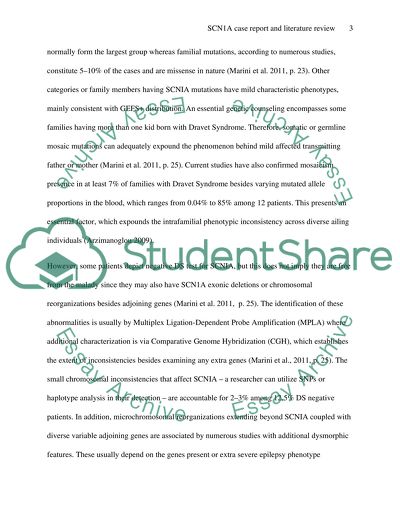Cite this document
(“SCN1A Case Report and Literature Review Article”, n.d.)
SCN1A Case Report and Literature Review Article. Retrieved from https://studentshare.org/health-sciences-medicine/1456242-scn1a-case-report-and-literature-review
SCN1A Case Report and Literature Review Article. Retrieved from https://studentshare.org/health-sciences-medicine/1456242-scn1a-case-report-and-literature-review
(SCN1A Case Report and Literature Review Article)
SCN1A Case Report and Literature Review Article. https://studentshare.org/health-sciences-medicine/1456242-scn1a-case-report-and-literature-review.
SCN1A Case Report and Literature Review Article. https://studentshare.org/health-sciences-medicine/1456242-scn1a-case-report-and-literature-review.
“SCN1A Case Report and Literature Review Article”, n.d. https://studentshare.org/health-sciences-medicine/1456242-scn1a-case-report-and-literature-review.


